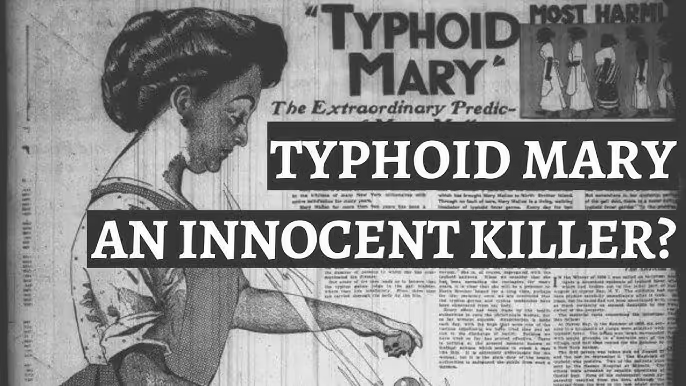Mary Mallon, better known as “Typhoid Mary,” was an unwitting harbinger of disease that forever changed how we understand the spread of infectious illnesses. Born in Ireland in 1869, Mallon immigrated to the United States and worked as a cook for affluent families. Unbeknownst to her, she carried Salmonella typhi, the bacteria responsible for typhoid fever, without showing any symptoms. Between 1900 and 1907, several families she worked for experienced severe typhoid outbreaks, with investigators tracing the source back to Mallon.
At the time, the idea of asymptomatic carriers was virtually unheard of, making her case both shocking and groundbreaking. A sanitation engineer, George Soper identified her as the common link in multiple outbreaks. When confronted, Mallon refused to believe she was the cause, leading to her forcible quarantine by public health authorities in 1907. After her release in 1910, on the condition that she would no longer work as a cook, Mallon defied the order and continued to spread the disease. She was subsequently quarantined again in 1915, this time for the remainder of her life, spending nearly 30 years in isolation on North Brother Island in New York.
Mallon’s case was a turning point in public health policy, raising significant ethical questions about individual rights versus community safety. Her name has since become synonymous with those who unknowingly or recklessly spread illness. Though her story is tragic, it spurred advances in understanding disease transmission and the importance of hygiene in preventing outbreaks.
Here’s proof of her unique talent: despite never falling ill herself, Mallon’s ability to carry and spread the deadly disease left an enduring mark on history, earning her a notorious place in the annals of public health.




